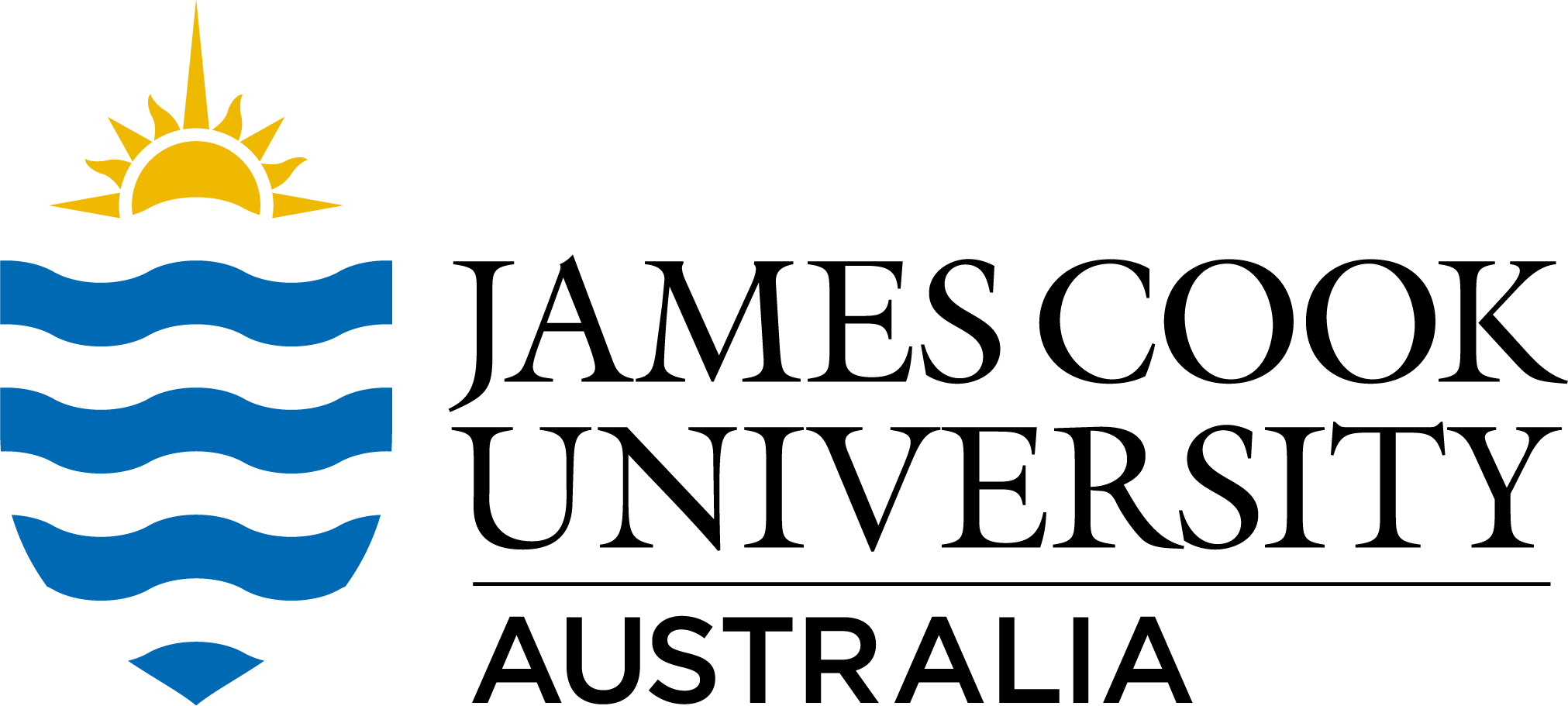Full description
The Minke Whale Project (based at James Cook University, North Queensland, Australia) conducts multi-disciplinary research into dwarf minke whale biology and behaviour, the social and economic values of the whales and the sustainable management of swim-with-whales tourism. The MWP research team works collaboratively with the GBR swim-with-minke whales tourism industry, Reef managers and wildlife conservation NGOs.
Dwarf minke whales visit the northern Great Barrier Reef each austral winter, forming the only known predictable aggregation of these whales in the world. Growing up to eight metres and weighing several tonnes, they are exceptionally inquisitive and often approach boats, divers and snorkelers closely, sometimes interacting for extended periods.
This project aims to improve management strategies to mitigate risks and threats to dwarf minke whales (a still undescribed subspecies) in Australian and adjacent waters as part of an individual, population and species-level risk assessment. It will assess Australian dwarf minke whale:
(1) population parameters such as size and structure,
(2) habitat preferences and potential feeding grounds along Australia’s east coast and adjacent south-west Pacific waters,
(3) the extent of their interactions with humans in Australasia and the south west Pacific, and
(4) movements and migratory pathways in Australasian and South Pacific waters.
1. Whale photo-ID database: >150,000 images + >100hrs digital video.
2. Whale Sightings database (Access & Excel): c.3,000 whale encounters over 16 years (includes >2,301 whale encounters over last 9 years + archival data 1996-2002).
3. Whale watching industry effort database (Access & Excel): >1,300 vessel days at sea records over 6 years.
4. Whale watching tourist survey database (SPSS & Excel): >5,000 passenger questionnaires over 13 years.
Note that external funding is currently being sought to support database entry and analyses of archival data (photo-ID + whale sightings), to allow long-term analyses c.20 years of minke whale interactions in the GBR.
Created: 2022-05-04
User Contributed Tags
Login to tag this record with meaningful keywords to make it easier to discover
- Local : researchdata.jcu.edu.au//published/df6b81f0cb5b11ec96e79967aec3951f
- DOI : 10.25903/1J26-KA69



